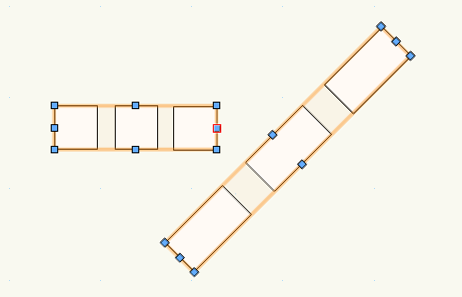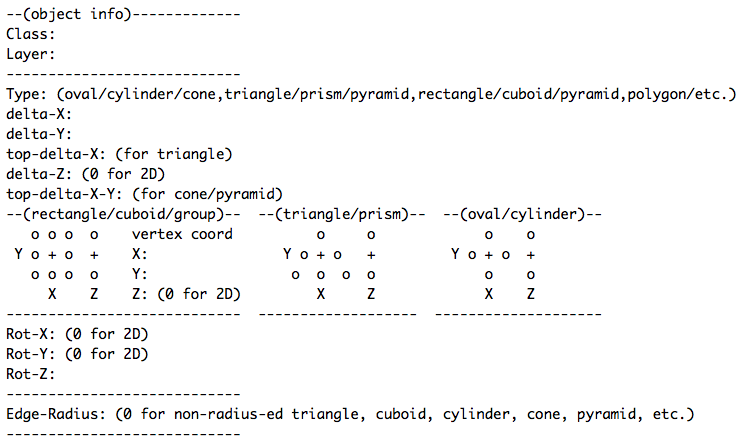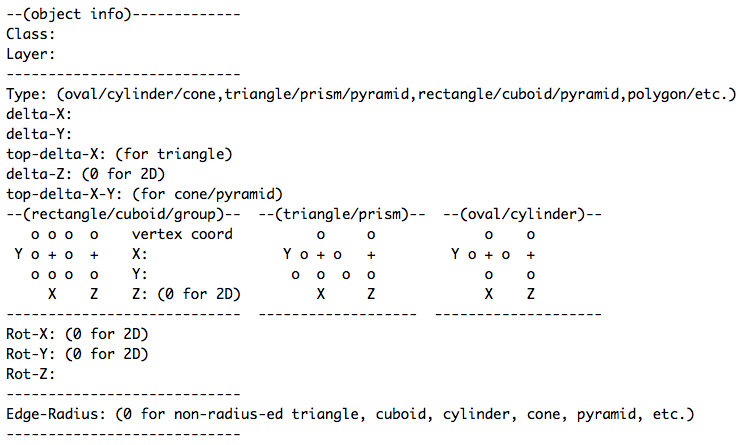
pschlie
Member-
Posts
33 -
Joined
-
Last visited
Reputation
5 NeutralPersonal Information
-
Location
United States
Recent Profile Visitors
The recent visitors block is disabled and is not being shown to other users.
-
@ Pat Stanford Thank you. I found the problem, it was my display resolution setting which never occurred to me would be different than "about this Mac" indicates, because I didn't recall ever changing it. I'm running Ventura, and went to "System Settings">"Displays" but at first didn't see any resolution options, then went to "Advanced" and then selected "Show resolutions as list", and then found and set the display to a higher resolution option which was initially hidden (Update: Apparently I didn't need to do this, as the option to change display resolution does exist by default, but it's presented as an option to change the size of text to displayed by default, and didn't notice that by placing the cursor on top of the different text size options to choose from, the corresponding display resolution would be shown below the selection).
-
I'm running on a MacBook Air M2, and after selecting "Help">"Home Screen", the home screen opens, and consumes the entire window, I can not resize it until after I move it, if I then attempt to resize it, it expands both wider and taller than the screen; if I click on the upper left green zoom button, then shrinks to filling the entire screen as it began; if I click the green zoom button again, it expands again both wider and taller than the screen, and still can't be resized smaller.
-
The "Home Screen" is substantially larger than minimum system requirement of "Display Resolution: 1920 x 1080 or higher", and it can't be resized smaller (so even on my 2560 × 1664 display, I can't see the bottom of the window and have to drag one side of it off screen to just see the other), which should be considered unacceptable); please correct to enable the window to be resized to the stated minimum display resolution or at least something smaller than its current much too large current minimum window size. Thank you.
-
I'm actually less frustrated, than disappointed. (But remain hopeful that in time, ideally sooner than later, the "Object Info Pallet" may be augmented to more uniformly allow 3D parameterized object and group specification, placement, and orientation to be easily viewed and modified, as may be desired.)
-
Not for me? I just double checked, and the only fields I can select are X'/Y'/Z'/L/WPA, and when the value is edited, it generates some other reference point or sphere offset by the value; for me it does not allow the selection and thereby the modificatoin of that X/Y/Z location, or angle that location has been rotated by?
-
Unfortunately however, the coordinates displayed are in in world coordinates (as opposed to local coordinates, i.e. prior to an object's positioning/rotation, and don't understand the rotation information presented), and thereby is often no longer a simple mater to modify an object's X/Y/Z extent, or its rotation relative to it's original definition/reference-point, not to mention the fields aren't editable. Maybe I'm missing something but I'd guess all this information exists, and would have thought the purpose of the "Object Info" Panel would be to present it in a useful and flexible editable format; not to have to use various other methods to try to determine and modify it. Thanks for all's tips and other insights.
-
Partially; if the object is rotated about either its X or Y axis, the ability to specify its Z location (elevation) is lost, and of course only its rotation about the Z axis is able to be viewed/edited. I suppose this is a result of the product originating as 2-1/2 D tool, and never really evolved to give the Z axis equal billing. (i.e. having the option for a 3D object to also specify one of 3 corresponding Z axis points: min, center, max, would over analogous flexility.)
-
I'm specifically referring to extruded/3D polygons for example; as upon the creation of such an object, the ability to textually review/modify its absolute position it is lost; although partially returned if then converted to a symbol, but which can only be scaled not dimensioned, and whos rotation if any remains a mystery.
-
How is this possible with a decade's old 2D/3D CAD tool? Kind of hard to believe I can't determine or alter the precise position, dimension and orientation an arbitrary cuboid for example. (yes I understand this can partially be achieved by converting an object into a symbol, then only able to scale it, as opposed to defining specific dimensions)
-
Uniformly Parametrized Object Info:
pschlie posted a question in Wishlist - Feature and Content Requests
I't been bugging me for years, but wish every geometric object and group of such objects, had an object info editable rotate angle field, like rectangles do, so the rotation value of any such object or group may be uniformly viewed and modified as desired. (i.e. I'd like to be able to group three squares in a horizontal line, rotate the group by 45degrees, and then double the delta-x dimension of the group, and end up with a diagonal line of 3 rotated rectangles being twice as wide as high; in effect treating the initial rectangular group boundary as a rectangular object which may be rotated and scaled just like a rectangle objects may be.) More broadly, all basic geometric objects should ideally have an editable uniform parametric object info representation, possibly something like: -
I'm not adverse. But to be more clear, I'd also like to see a rotation field for all 2D objects and groups as well, which effectively rotates the object's pane by some angle prior to being drawn, and thereby preserving it's local delta-x delta-y parametric dimensioning. (i.e. I'd like to be able to group three squares in a horizontal line, rotate the group by 45degrees, and then double the delta-x dimension of the group, and end up with a diagonal line of 3 rotated rectangles being twice as wide as high; in effect treating the initial rectangular group boundary as a rectangular object which may be rotated and scaled just like a rectangle objects may be.) And would really like to see object info be fully parameterized for all graphic objects, something like:
-
How about instead, the addition of x,y,z axis rotate angle fields which may be viewed/edited for all graphic objects and groups?
-
also yes, in particular extrudes etc. should display their z-offset and ideally rotation angles in their object-info; as otherwise its nearly impossible to easily determine and thereby modify this information easily and exactly as may be required.
-
Quote: Then fix the printing code so that vectorworks doesn't alter the default paper size selections for all programs, as this behavior is wrong, and also a pain; This is an OSX >Print&Fax Pref > Selected Printer in Print Dialog; "Last Printer Used" You can change it to default to a printer of your choice. - yes, fixed by reseting default, thankyou, sorry for the misplaced frustration. Quote: and then figure out how to simply print what is displayed without attempting to be clever by trasliterating patters to grey-shades when using Quartz, This is a print driver issue. - Although I may misunderstand, don't see this as the real problem, as such issues don't exist in any other programs used which may utilze pattern fill, and patterns print fine when exporting pdf directly (although missing the visual grid present when "printing"); so although possibly mistaken, it seems that as the program is capable of correctly rendering patterns (and ideally optionally the reference grid) for printing; thereby should be capable of more ideally rendering YSWYG during printing without the user having to manually choose different means based on the elements utilzed in the visual model). However regardless, thanks for your assistance.






